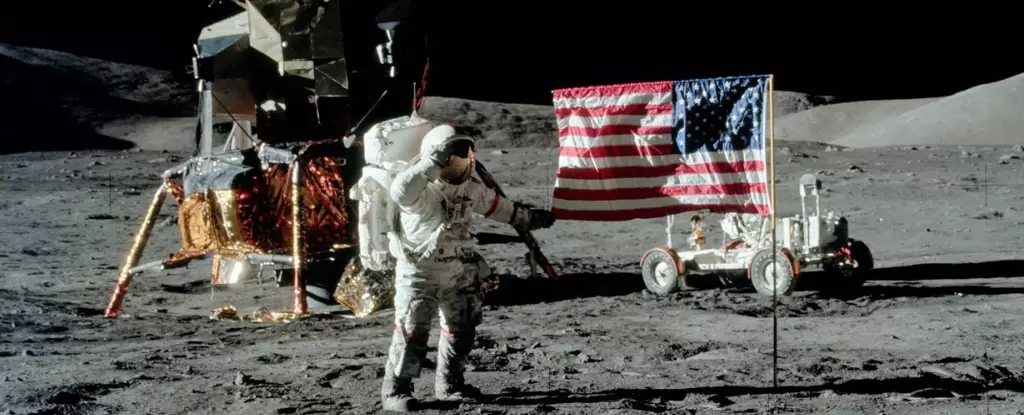From ancient civilizations to the modern era, humans have always looked to the sky, finding inspiration and guidance in the stars. The dream of space travel has become a reality with technological advancements, leading to plans for missions to the moon and Mars, space tourism, and even mining on the moon. However, as academics researching environmental sustainability, we are concerned about the potential impacts of resource exploitation on lunar and space environments.
The space race, ignited by the launch of Sputnik-1 and the U.S. Apollo landing on the moon, is evolving into space industrialization. According to NASA, the moon holds immense untapped resources, including water, helium-3, and rare earth metals. The value of these resources is estimated to be in the hundreds of billions of dollars. However, the speed at which these developments are occurring is alarming, as it could have significant consequences for the moon and beyond.
The international geologic scientific community is calling for a new epoch, known as the Anthropocene, to reflect the extensive alterations to the Earth’s system since the Second World War. Geologists studying rock layers and sediment are looking for measurable evidence of human activities in the geologic record. The starting point for the Anthropocene has been identified as the 1950s, coinciding with nuclear testing and its aftermath.
To emphasize the need for responsible space exploration and prevent the destruction witnessed on Earth, there is a proposal to add a “lunar Anthropocene” to the moon’s geologic time scale. This concept suggests that anthropogenic impact on the moon has been observed since the first human contact with its surface, and it is likely to increase exponentially. However, the notion of a lunar Anthropocene is highly debated among stratigraphers and researchers from various disciplines.
The concept of the Anthropocene holds significant power in evoking human responsibility for the Earth’s tipping point. Technoscientific advances have driven socio-political economies reliant on extractivism, consumption, and waste, leading to the damage we currently witness on Earth. Historians Bonneuil and Fressoz stress the need to recognize the impact of human actions and question our destructive relationship with the natural world.
For centuries, societies understood the importance of their relationship with nature for survival. However, industrialization and the relentless pursuit of economic growth in developed countries have severed this connection. The consequences are evident, such as the rapid deforestation driven by industrial demands. In the past century alone, more trees have been cut down than in the preceding 9,000 years. Now, the impacts of the Anthropocene are extending to the moon.
Already, there are approximately 227,000 kilograms (over 500,000 pounds) of human garbage on the moon, left behind by space explorations. This includes equipment, excrement, statues, golf balls, human ashes, and flags. As more moon missions are planned, along with the extraction of lunar resources, there is a genuine concern that lunar environments could face irreversible destruction.
This pattern mirrors what has happened on Earth, where human exploitation of natural resources and the production of waste has driven us to the brink of the sixth mass extinction. Our throwaway society and disregard for the environment now extend to the moon and beyond. It is imperative that we reevaluate our needs and consider the consequences of our actions.
To prevent further destruction and inspire a sense of responsibility among those likely to impact the moon’s surface, the proposal for a lunar Anthropocene might be justified. By officially recognizing the Anthropocene on the moon, we may be able to shock humanity into taking the necessary precautions to protect lunar and space environments.
It is crucial to understand that without a fully functional Earth system, including biodiversity and the contribution of nature to life, our survival as a species is at risk. The time has come to rethink our priorities and ensure that our actions in space exploration and resource exploitation are conducted responsibly and sustainably.
As humanity ventures further into space, it is essential to acknowledge the potential impacts of our actions on lunar and space environments. The concept of the lunar Anthropocene serves as a warning and a call to action, urging us to consider the consequences of our decisions. By adopting a responsible approach to space exploration and resource exploitation, we can aim to minimize the destructive effects and preserve the integrity of our nearest celestial neighbor and the larger universe.


Leave a Reply